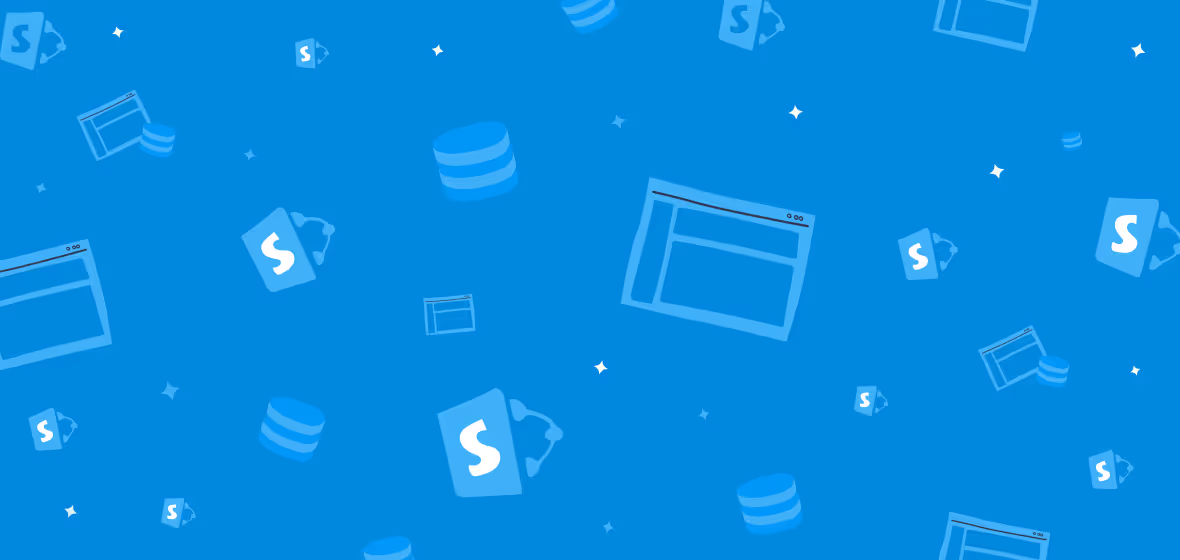SharePoint online communication sites explained
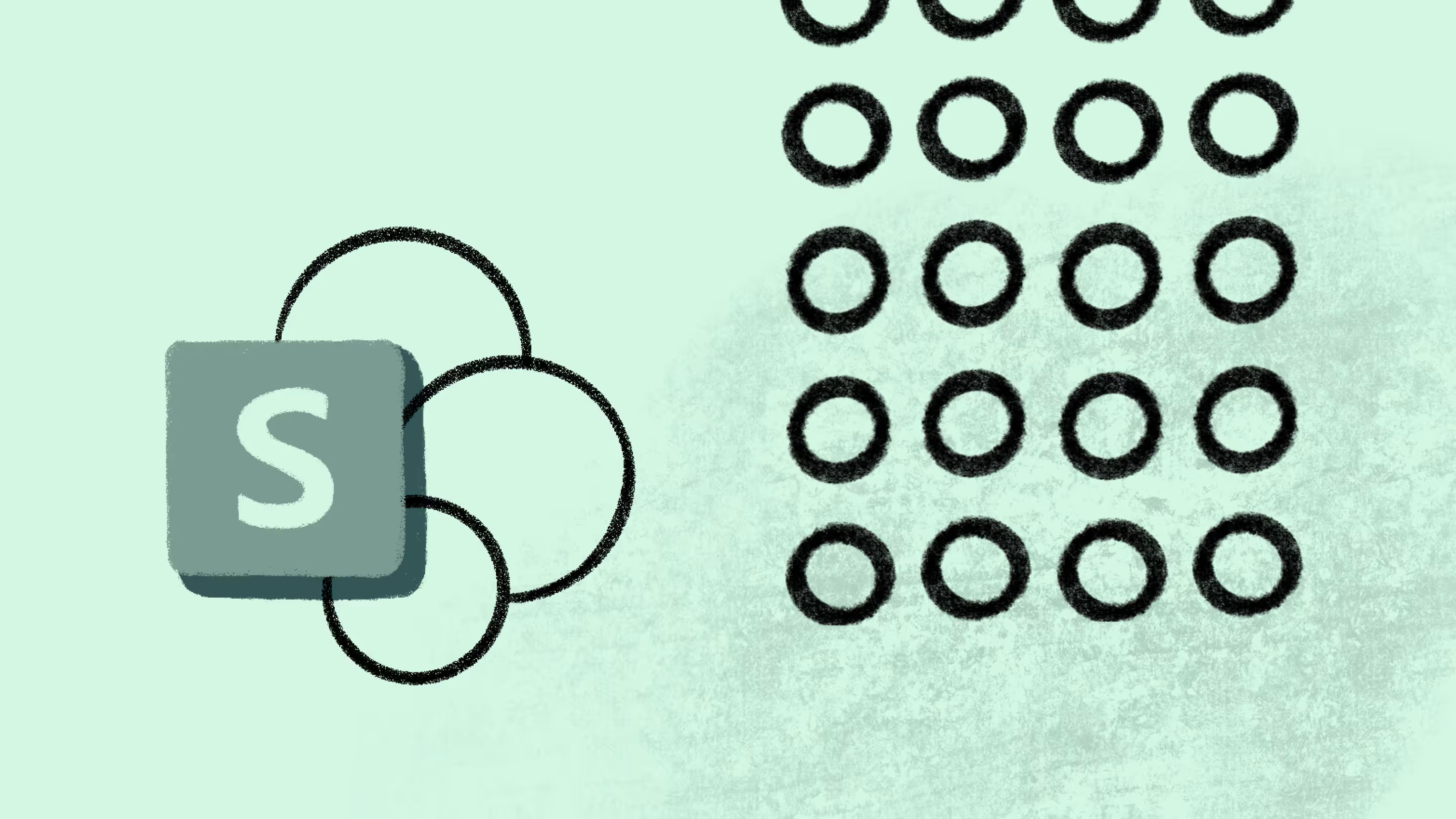
Table of contents
It’s important to keep everyone in your organization in the loop, well-connected and engaged. Learn about Communication sites in SharePoint Online and how to use them right out of the gate.
The modern SharePoint Online experience offers two templates to create a new site. Depending on the site’s intended purpose, you can choose to create either a:
- SharePoint team site. Focused on collaboration and backed by Microsoft 365 Groups, team sites are generally organized by department or project, and bring together a group of people working together towards a common end goal.
- SharePoint communication site. Focused on broadcasting information to a wider audience, communication sites might be used to share information with an entire organization.
SharePoint team sites focus on collaboration; SharePoint communication sites focus on communication. This is a crucial concept to understand. Let’s take a closer look!
What is a Communication site?
Much like a team site, a Communication site is a SharePoint site that anyone in the organization, depending on your settings, can create from the SharePoint home (in Microsoft 365 only).
Communication sites offer a variety of advantages:
- Responsive and integrated with the SharePoint mobile app
- Allows you to quickly deploy a modern communication portal as soon as your content is ready
- Enables modern communication with SharePoint News
- Uniform and integrated experience with SharePoint hub sites
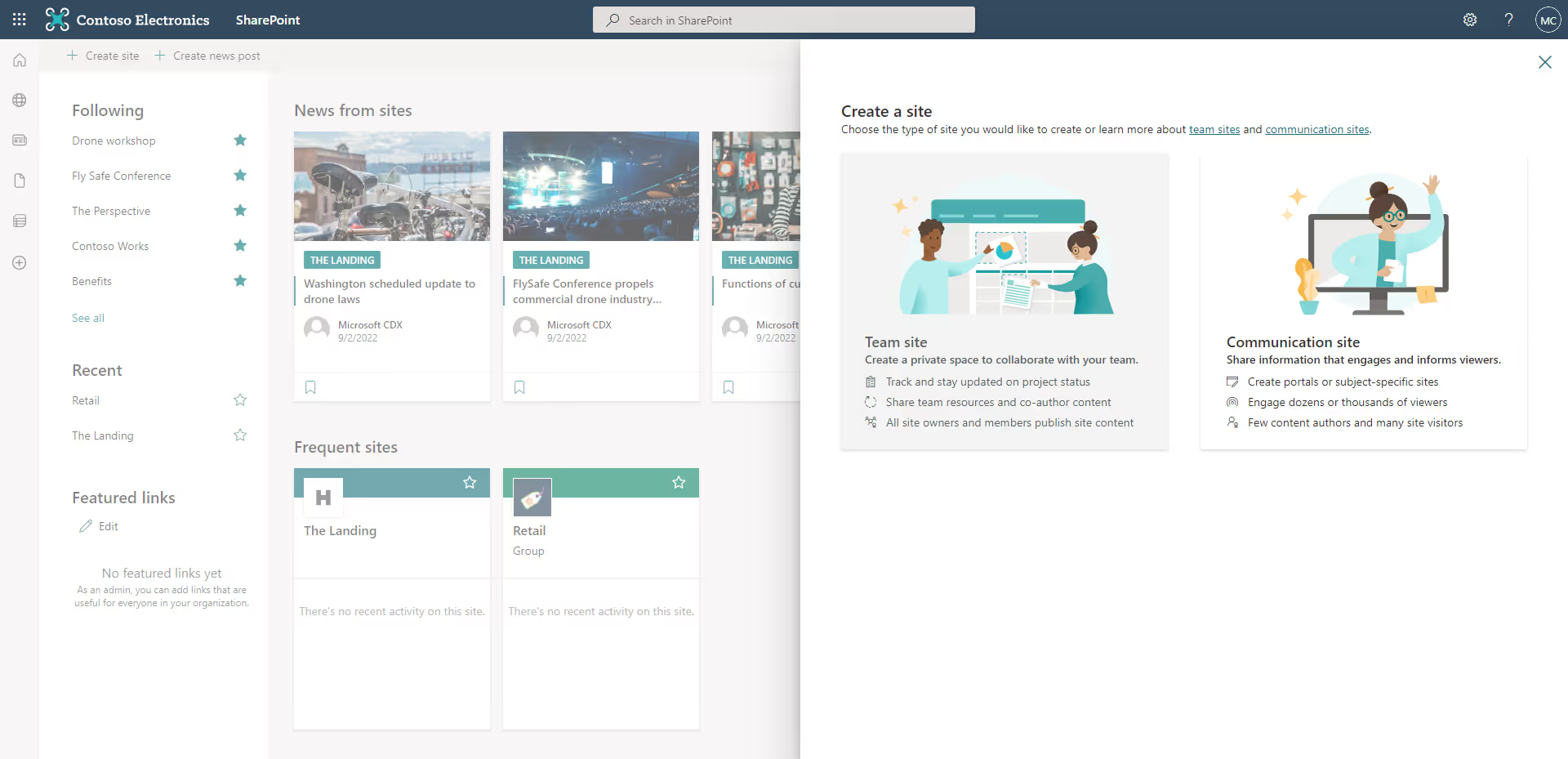
Basically, it creates a site collection that is mobile-friendly and adapted to display information in a dynamic way.
Some notes about site creation:
- Site creation is really fast!
- You can’t really disable it, unless you remove the Create site button from the settings menu in the SharePoint Online Admin Center.

As the image when choosing a site to create suggests, a Team site is more for a group of people to collaborate, and a Communication site is to share important public information with the entire organization.
Most importantly, it comes with preset designs to help users get started, faster.
Communication site templates
After you create a new communication site, you can apply a template provided by Microsoft or templates created by your organization.

SharePoint offers several site templates that contain pre-populated pages, page templates, news post templates, and web parts that can be customized to fit the needs of your organization. Some options include:
Topic: A template designed to present information such as news, announcements, and events
Department: A template designed to inform employees about departmental news, upcoming events, and provide easy access to files.
New employee onboarding: A template designed to set up your onboarding process for newcomers.
Blank: Start a site from scratch!
For more information, check out the official Microsoft documentation about applying and customizing SharePoint site templates.
Web parts explained
When you create a site page, you can add and customize web parts.
Web parts are basically the building blocks of your page that display content. The web parts allow you to add text, images, files, video, and more.
By default, SharePoint comes with in-built web parts. Let’s take a look at the most useful web parts for communication sites.
Hero web part
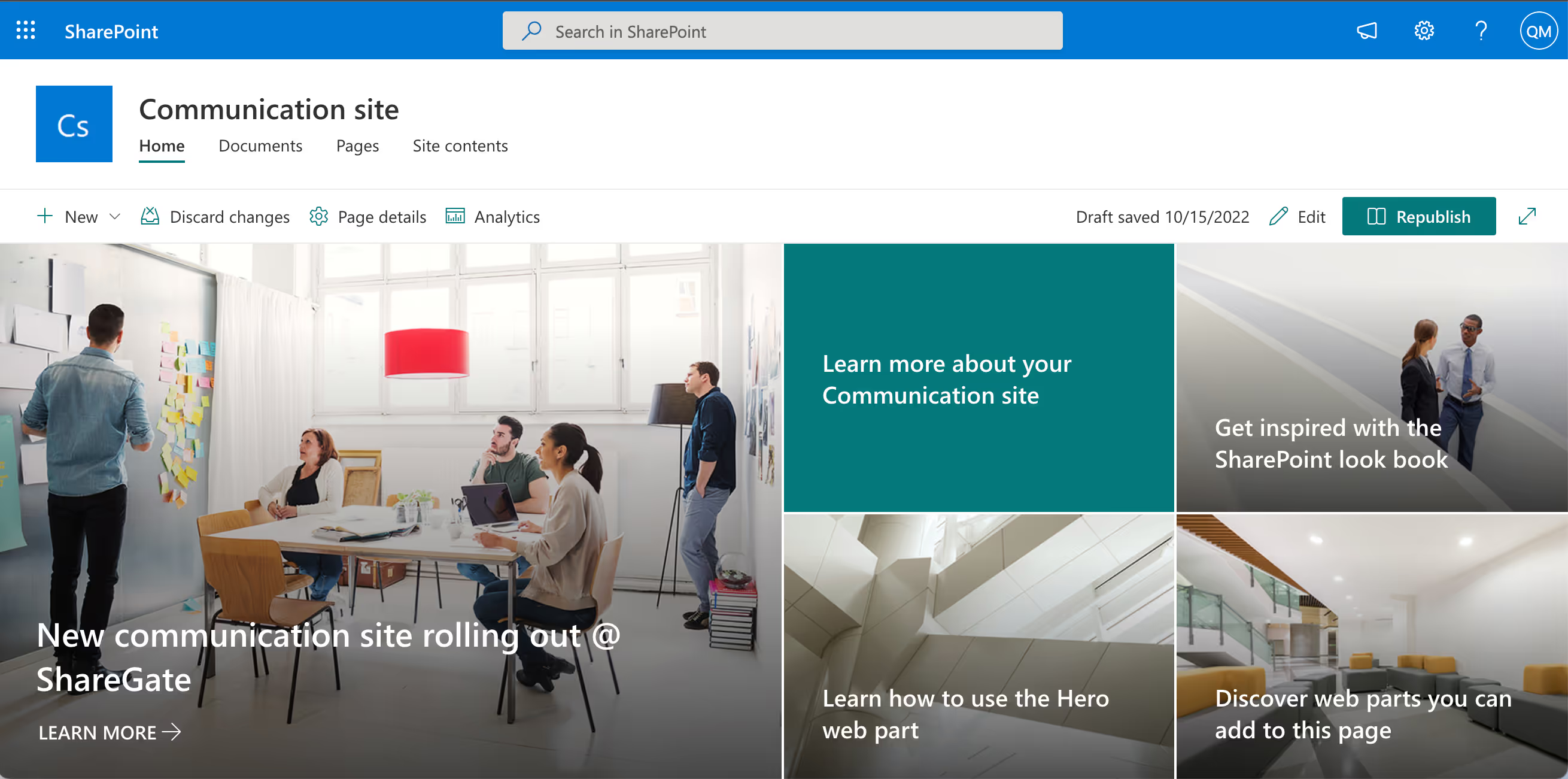
Your newly created communication site will have the Hero web part, which is included on your page by default. It’s pre-populated with images, text, and links that you change to your liking. This web part allows you to display up to five tiles, bringing focus and interest to your page.
News web part

By adding a News web part, you can keep your organization or department in the loop on all things regarding your company. By default, the New web part on a communication site is displayed in two columns side by side.
What’s great about this web part is that you can show news content to specific groups of people. For example, if you want to present news about a project to only team members of that project, you can do so by enabling audience targeting in the News web part.
Quick Links web part

Every page should have easy access to relevant links. Thankfully, the Quick Links web part pins items to your page so people can quickly access documents, pages, videos, images, and navigate to a specific section of the page.
Document library web part
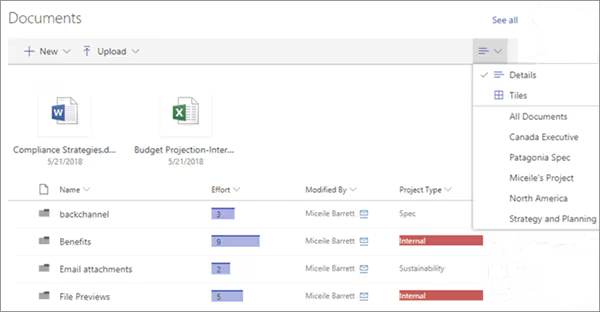
The Document library web part allows you to display your library or folder within the library on your page and customize the title, view, and size. Anyone with permissions can add, view, or edit files directly from the web part.
People web part
Who’s on the team? What are their roles? And how can I reach them? The People web part can answer these questions on your page while showing their profiles. You can use the web part for contact information, team information, presenters, etc.
Comments on Pages
Now, if you created your site page through the page templates in a Communication site, you'll get this little switch in your page:

Comments are a good way to encourage bidirectional communications. We could say it’s a must in a “Communication" site right?
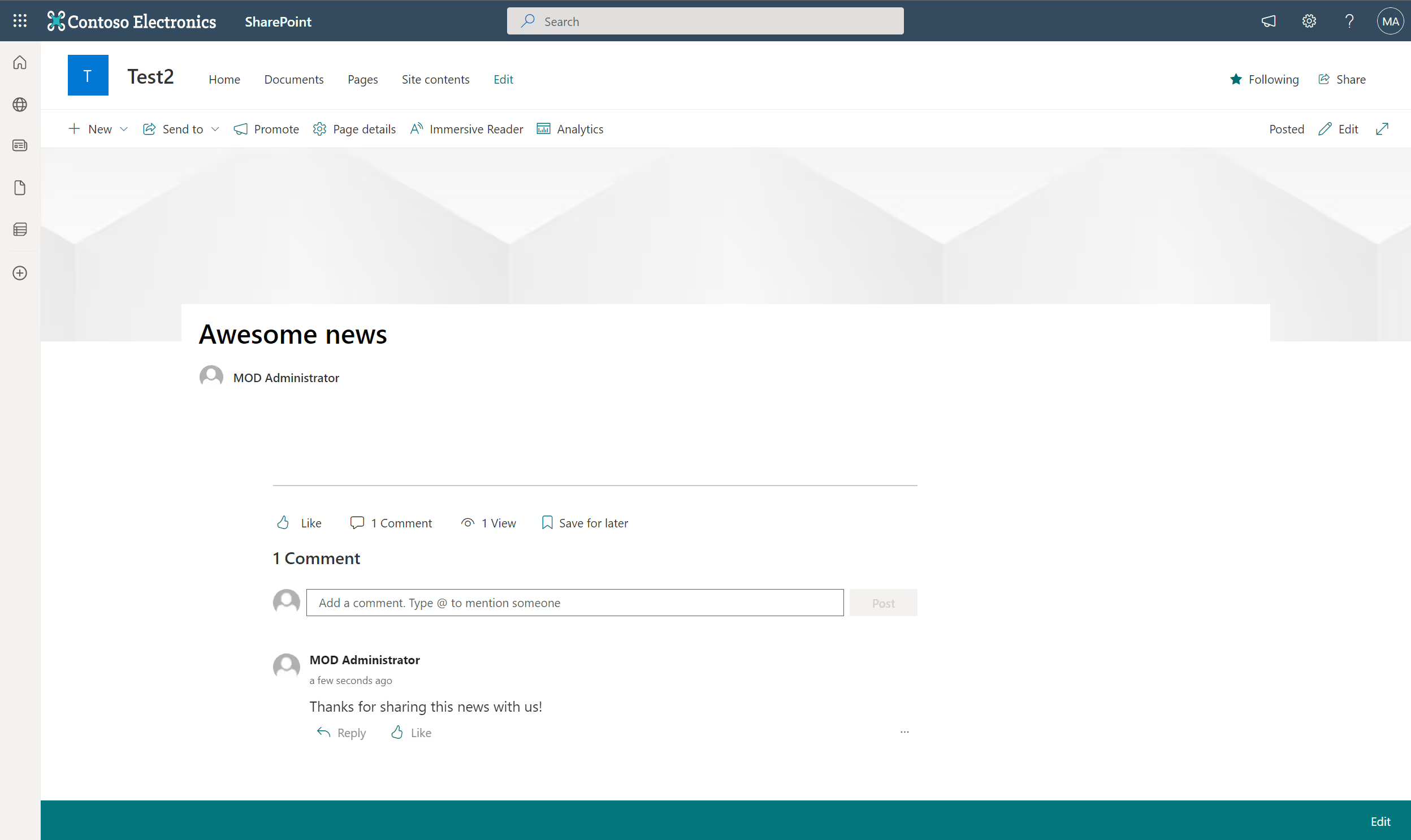
You should know a few things about this feature before getting too excited:
- It's NOT linked to Yammer. Comments are stored in the site page item in SharePoint (in a column).
- You can delete your comments, but you can't edit them.
- When someone comments on a page or a new post you created, or mentions you using @, you’ll be notified by email.
Note that you can also use the Yammer web part.
Modern content editing
Now that you know a little more about the Communication site, let’s take a look at the editing experience.
Page templates
When creating a page, the user can choose a preset layout.

In addition to providing suggestions on what layout to use for what purpose, the created page comes with dummy text to help the user get started.
A few notes about page templates:
- You must have edit permissions on the site or be a site owner to add pages and templates
- Page templates can’t be used across sites or groups at this time
- They can’t be created from home pages.
Flexible page layouts
The best thing that's happened for contributors is that SharePoint pages support section layouts. We can have multiple column layouts on the same page!
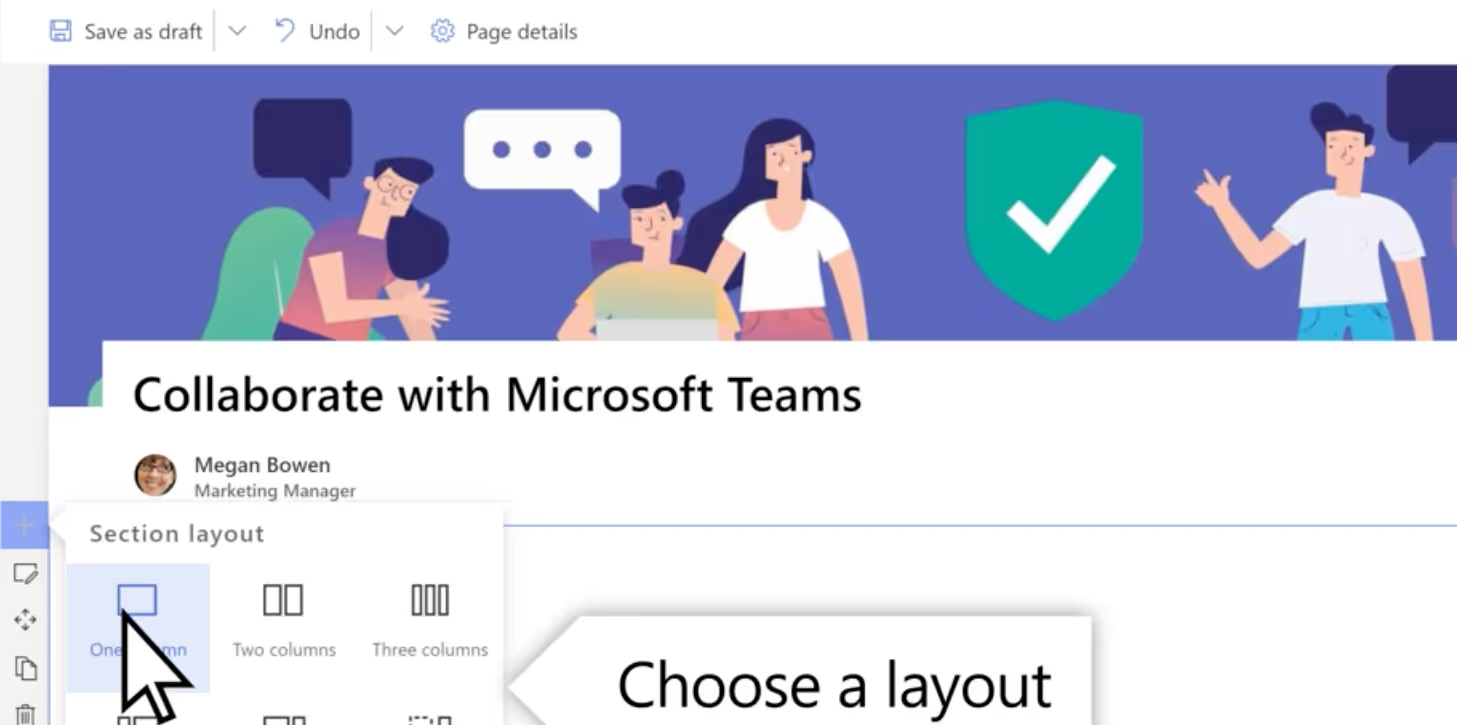
Users have the flexibility they need to present information more efficiently, and the way THEY want to present it.
Set focal point
In the modern UI, a site page has a top image. Microsoft has added a really nice touch to this page header; a way to reposition the focus on the image. You’ll find a “Set focal point” button in the toolbar on the left. Within the image, drag the focal point where you want it.
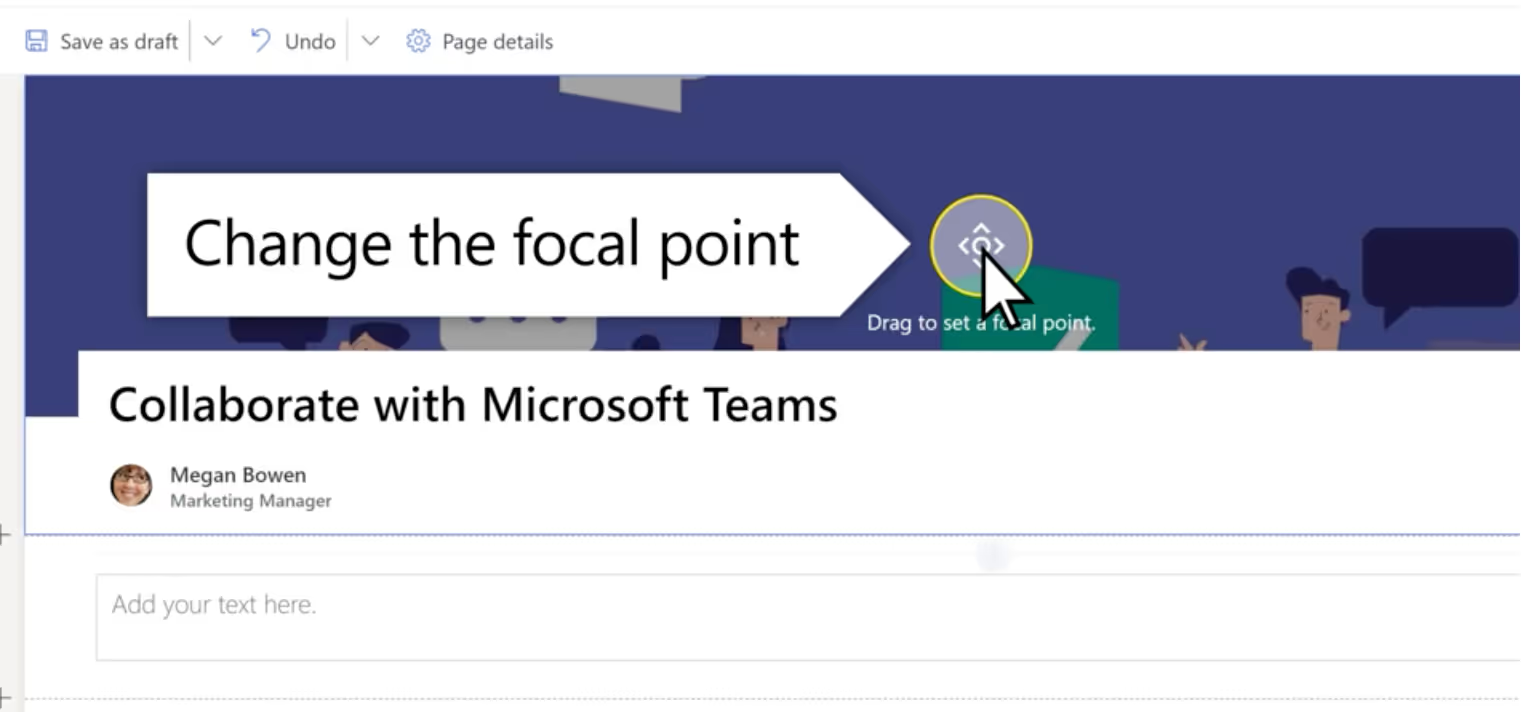
Everything else you should know about SharePoint Communication sites
What happens behind the scenes
Basically, a communication site is a standalone SharePoint Site Collection.
- It goes under the /sites managed path
- It’s NOT associated with a Microsoft 365 group
- Whatever the type of site you create, the site template is “SITEPAGEPUBLISHING#0”
How navigation works
Good navigation experiences help people find what they need quickly. Here are a few things you can do to customize the navigation of your Communication site to give users quick access to sites, pages, and content.
- Customize the look of your site: navigational style, site colors, headers, etc.
- Edit the horizontal menu, footer menu, or the hub site navigation bar that appears on all communication sites associated with a hub site
- Promote navigational links to specific audiences
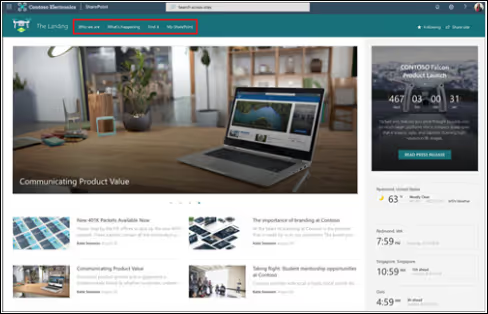
Who can access your Communication site
Once you’ve created your site, you can easily share it with a team, or with the entire organization. Sharing with external users is also possible.
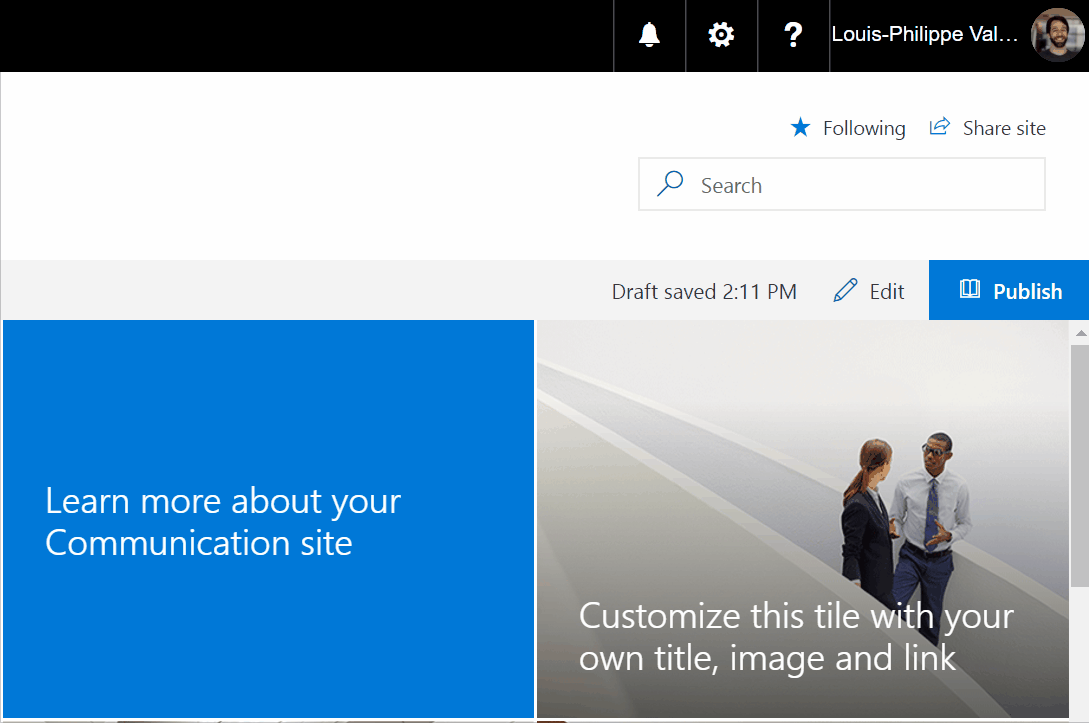
Secure collaboration: Everything you need to know about SharePoint Online external sharing
.jpg)


.svg)
%20(1).avif)


